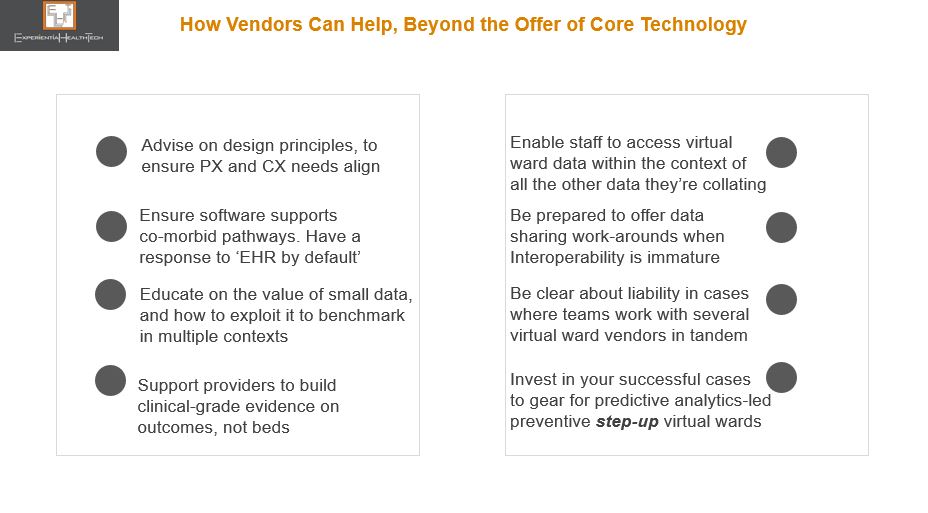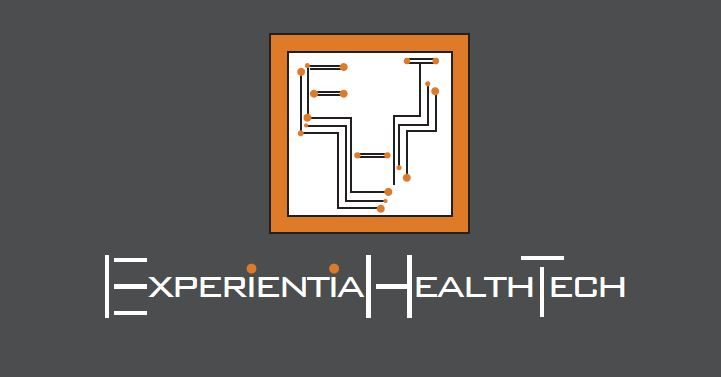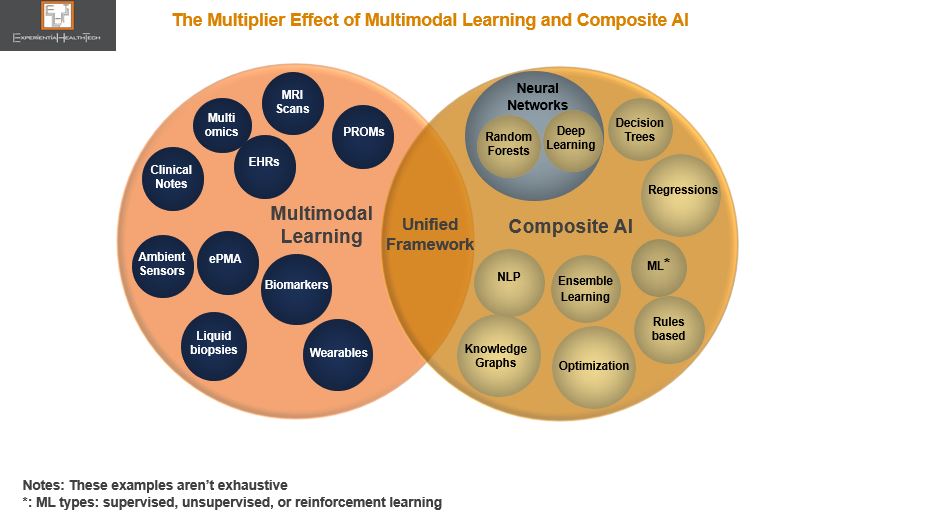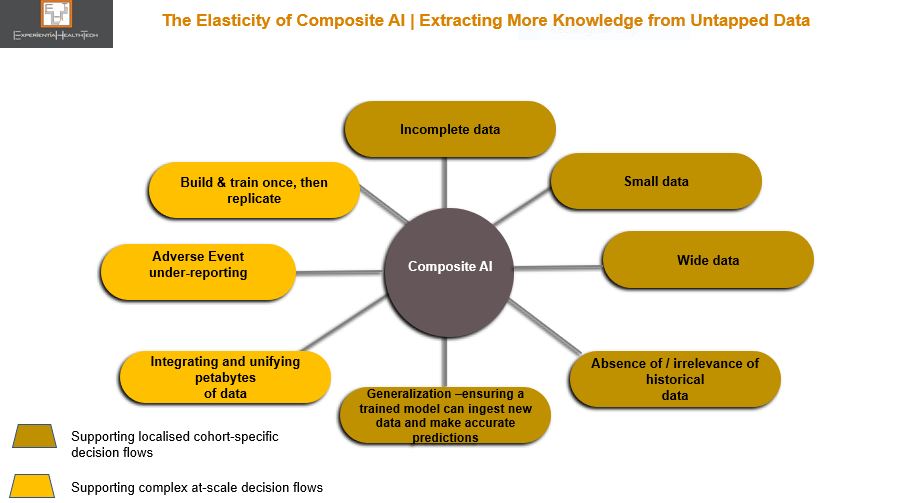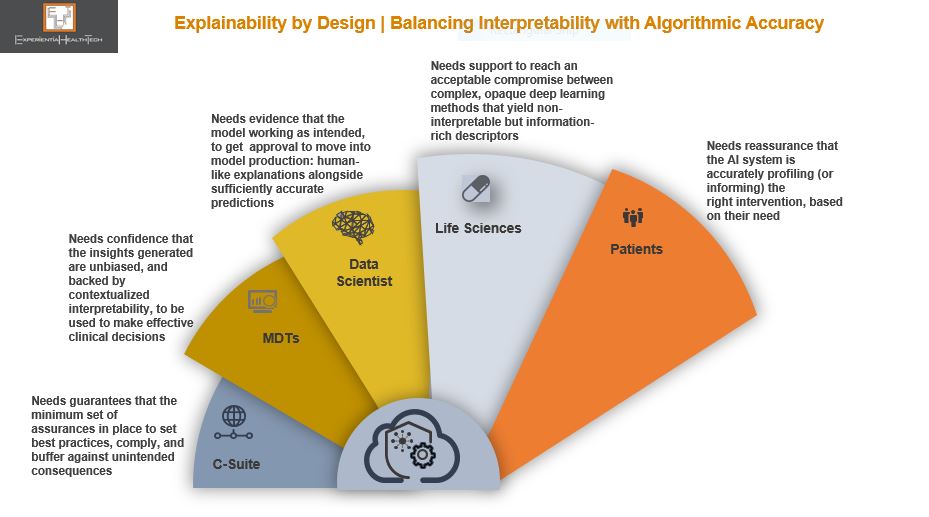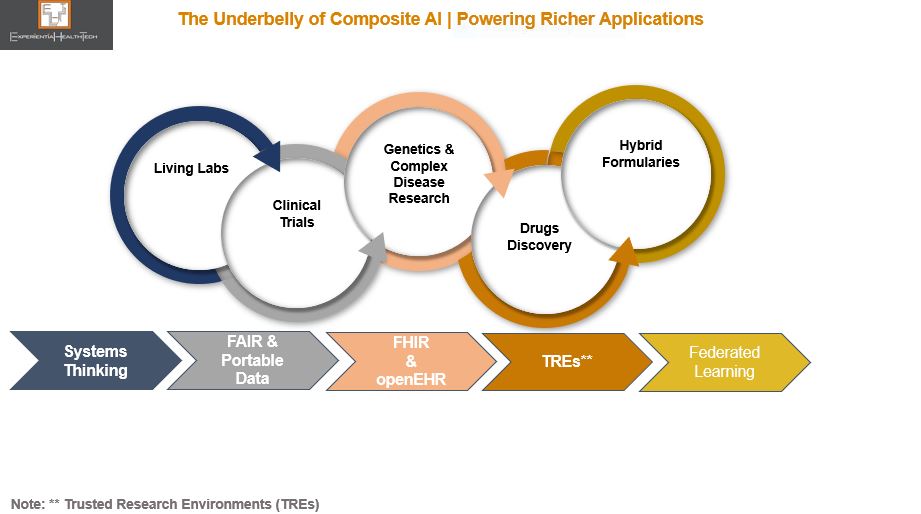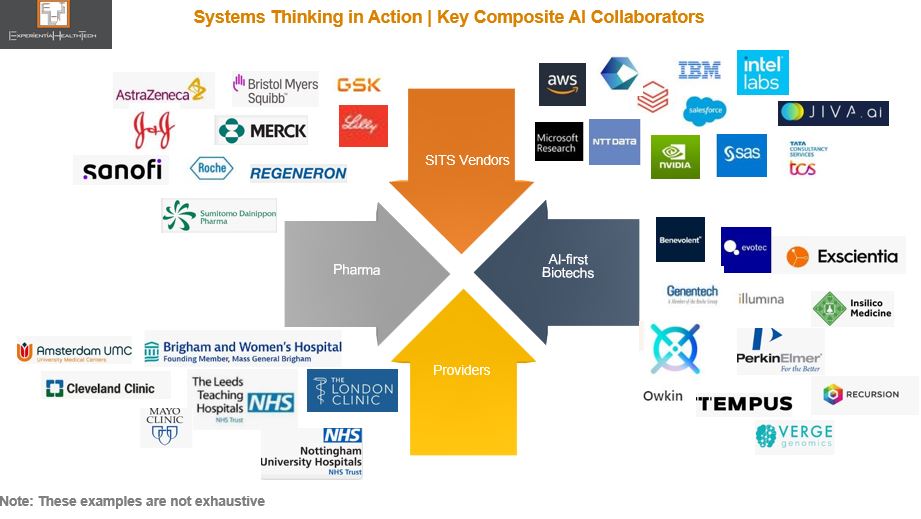Virtual wards seem a win:win. But some stakeholders are sounding a cautionary note over their sustainability, highlighting the ambiguity about what actually defines a ward. We need to unpick the fundamentals before considering what’s next.
Hailed as a mission critical enabler through Covid, virtual wards, although not new, are being positioned as the common sense answer to many of Healthcare’s service delivery problems. Aligned to ‘RPM’, they offer a clearer context from both the patient and clinician’s perspective, and help frame the service expectation.
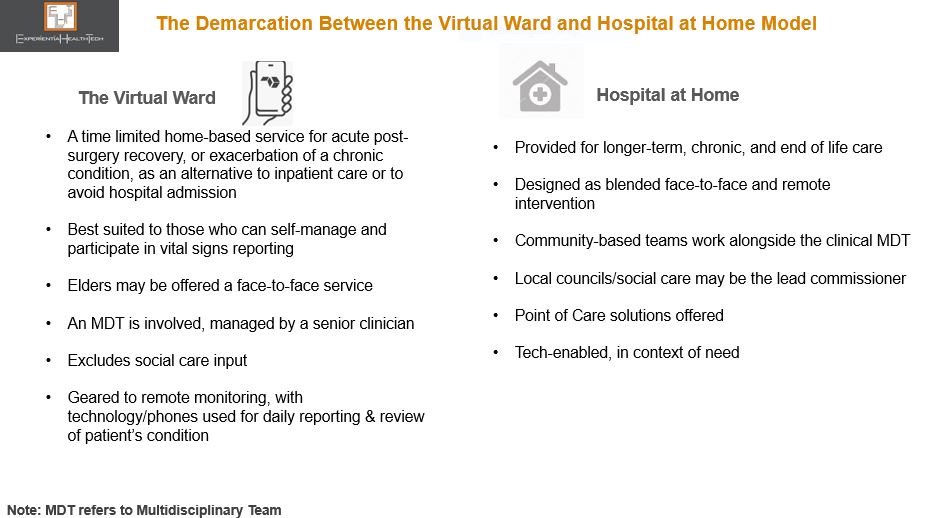
But the evidence gathered in support to-date is narrowly confined, relating largely to:
• Earlier discharge of selected patients to continue acute rehab/treatment at home – the emphasis and related costing focusses on releasing hospital beds;
• Wards set up on the fly to deal with covid diagnosed patients – understandably perhaps, cost benefits analysis may be absent.
While the more personalised care elements of the ward are attractive, this promise of on par hospital-grade care is interdependent on a robust back end, even before we consider technology. This is as much about patient-and work flow, and outcomes, as it is bed management. And in the overall backdrop of what most Healthcare systems are grappling with, the messaging risks appearing over-simplistic, downplaying the need to pre-plan heavily.
Care From Anywhere?
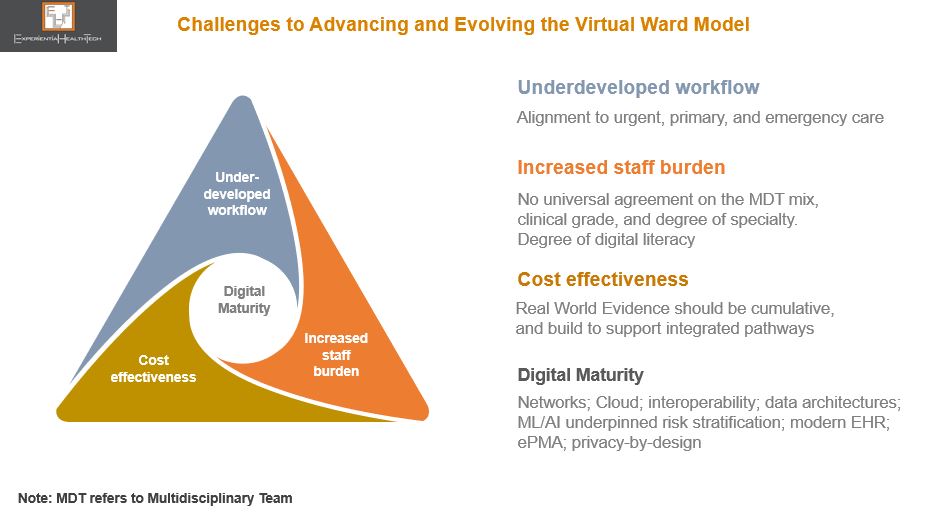
Post-pandemic, there’s a clear push to anchor this model. NHS England for example wants its 42 Integrated Care Systems (ICSs) to each plan for between 40 to 50 virtual beds per 100,000 population. Indications from the frontline are that this target won’t be met.
Nonetheless there are NHS success stories, with several providers extending pilots. In July 2022, the Leicester, Leicestershire and Rutland ICS signed Spirit Health, which over time, will implement virtual wards for 16 digital pathways, supporting over one million people.
This is one of the few providers not to position around beds. Plus, it will advance into more complex conditions.
And this reflects the cross roads we‘re at. Virtual wards are critical, but scale-out needs long term aligned local planning, as well as legacy resource and tech issues to be resolved. Wards can’t happen at the side-lines.
Once embedded, they can help underpin the more complex Hospital at Home model. Ireland for example, building towards a tech-enabled reconfigured system, will pursue this route, incrementally building evidence and co-designing with patients from the outset.
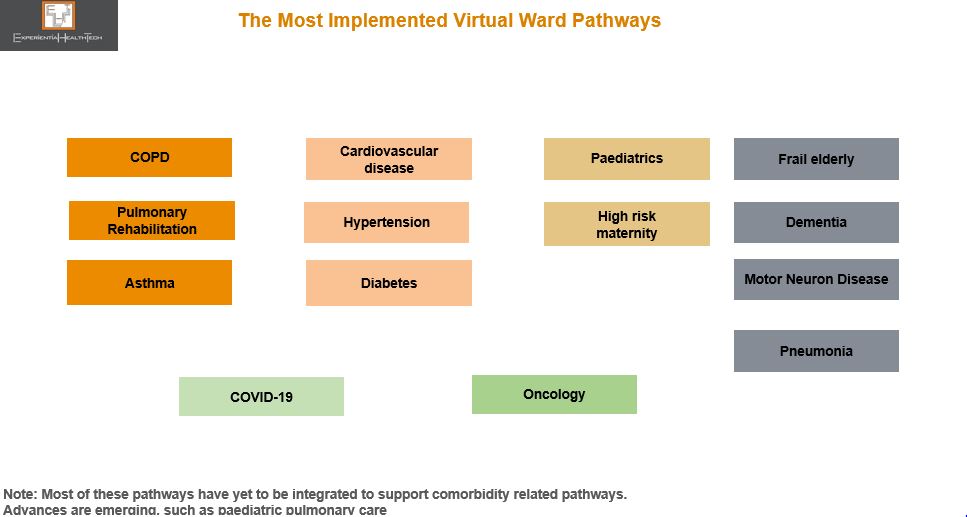
The Open Competitive Field is Intensifying
As more providers look to work through post-pandemic backlogs, there is a golden opportunity to win their trust through lower risk pilot studies – which remain the preferred route – but the race to build share is intensifying.
This is about change management. As the competitive field opens up, more vendors are stepping up to support the virtual ward’s evolution outside their core offer, as a way of differentiating. Support addresses governance, digital literacy, virtual ward champions, Allied Health Provider empowerment, UX, patient education, and data planning.
Some vendors are highly credited in other contexts, and through acquisition see this as a natural portfolio extension. Others also offer at-home nursing, tele-health and prescription delivery services. Some are specialist medtechs, while others offer vital signs monitoring equipment, adaptable to a wide range of pathways.
Some are further differentiating through proprietary technology, but operate within Cloud infrastructures. Partnerships are increasingly key, with the likes of Verizon, Atos, and Medeanalytics being signed.
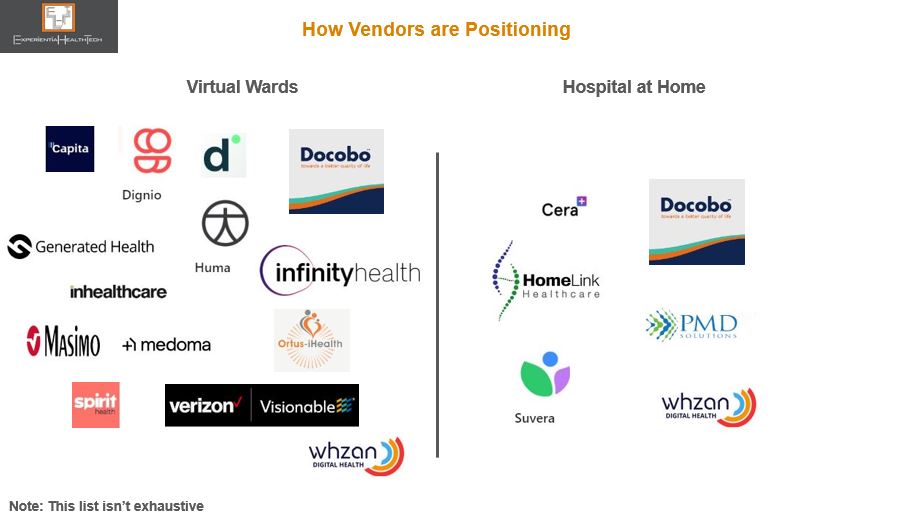
Virtual wards are about so much more than offering a patient kit, or wearables, and vendors should expect to be tested on several fronts.
Those vendors emerging with freshly minted contracts to either scale across a region or across multiple pathways have used co-design to evidence how a templated approach can accelerate the pace at which multiple other virtual ward pathways are implemented, once the foundations are in place. They are setting the expectation for others to match, or surpass.
Virtual wards are exciting, but they must be handled carefully. And as they evolve, we foresee a defined role for newer players such as Pharma to add value.
Below are some suggestions on how vendors can position on value.
